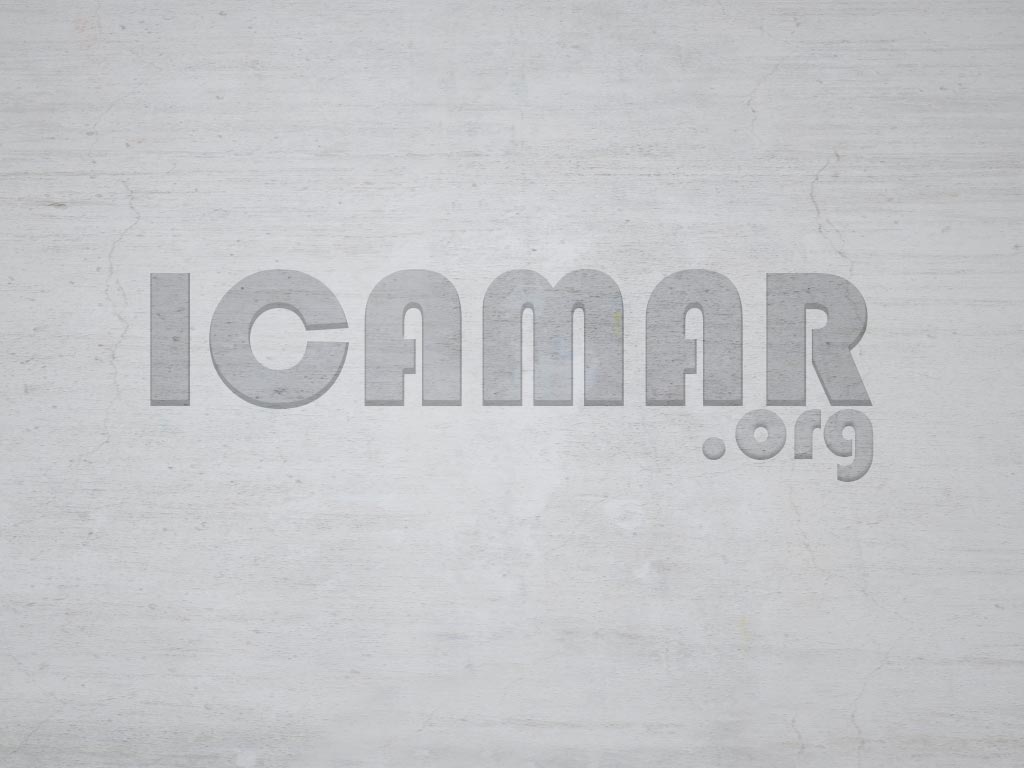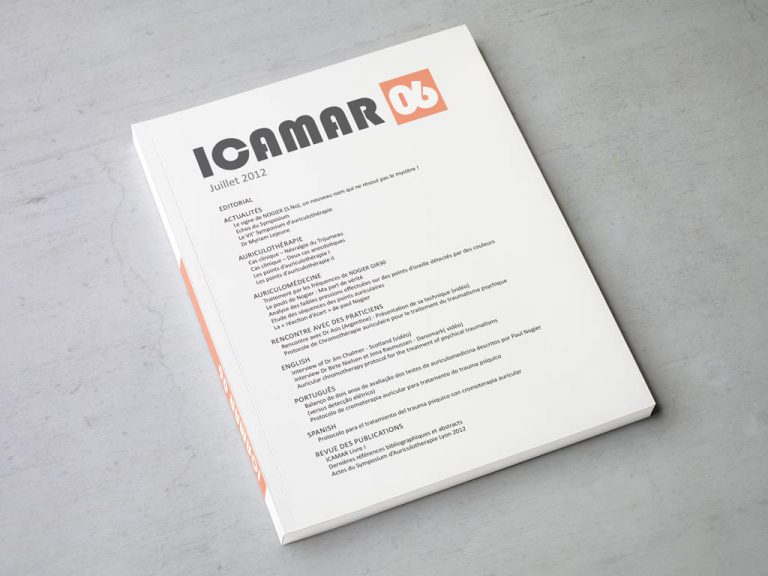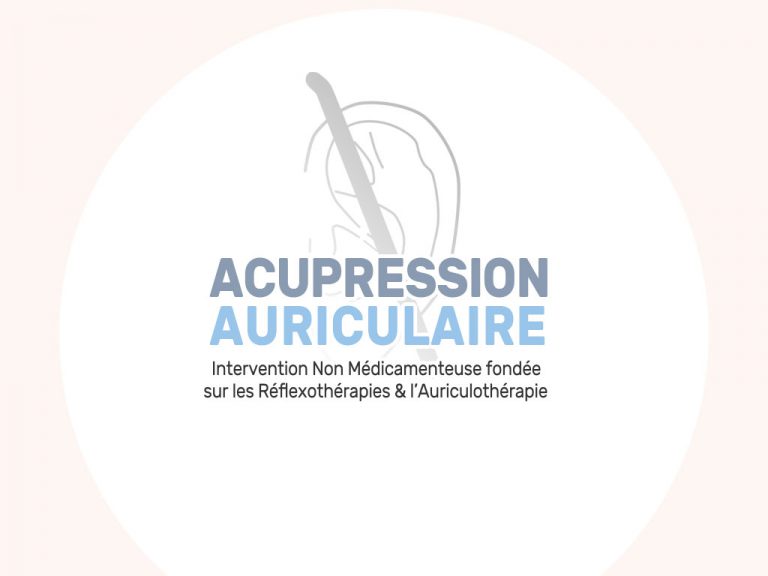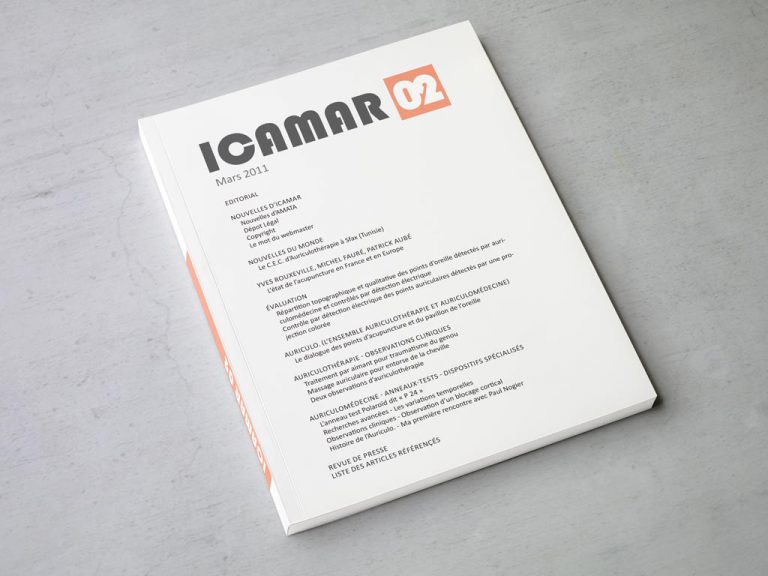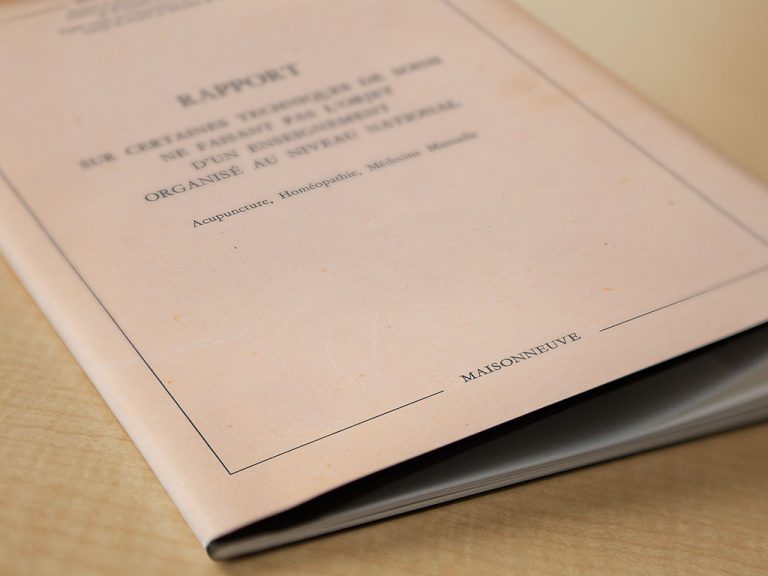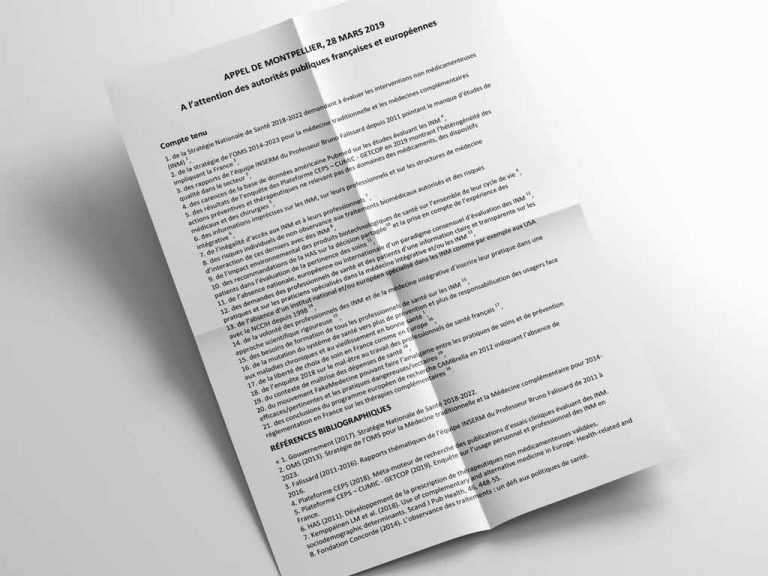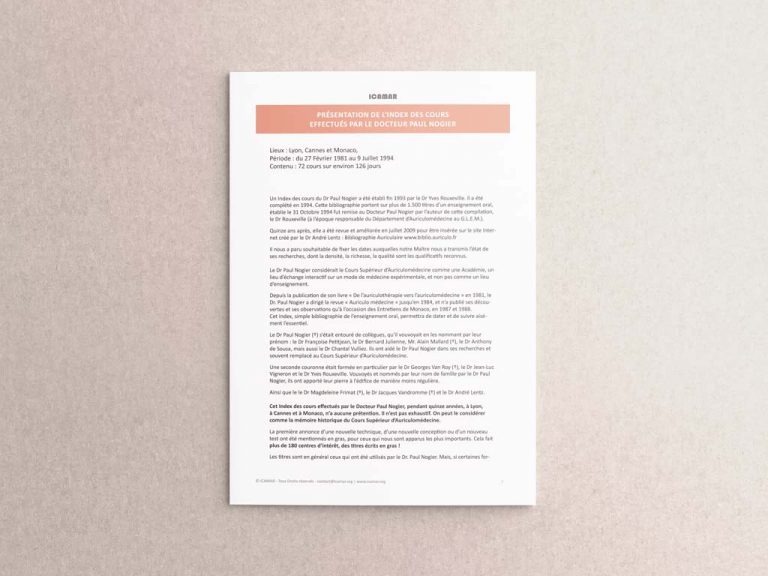Monitoring the diagnosis of auricular points : contrasting the performance of the VAS and the electrical detector.
Etude en anglais d'Yves Rouxeville, Marc LeBel, Yunsan Meas et Dalila Trabelsi.
This work is in response to a request made by Prof. Youenn Lajat that the VAS (Nogier’s pulse) be validated. At the time, Prof. Lajat was the national chairperson for the teaching of acupuncture at the university level in France. In fact, he was the national president of the Coordination Committee for the inter-University diploma (D.I.U.) in acupuncture.
Posing a diagnosis on an auricular point using the VAS presents a major bias : it is a human-on-human reading involving an important subjective aspect. In clinical practice, the validity of an auricular point on a patient is observed if there exists a significant impedance variation (complex electrical resistance) between the point examined and its immediate environment.
This reading is more objective as long as one knows well the limitations of the instrument used. Establishing statistical correlations between two detection approaches (the VAS and electrical differential detection) may make it possible to validate auricular point diagnosis using Nogier’s pulse.
Keywords : VAS - auriculomedicine - electrical differential detection
- Rouxeville, Yves
Lecturer in charge of Auriculotherapy Curriculum, D.I.U. et Capacité d’Acupuncture, Université de Nantes, B.P. 60 105 – F 56601 Lanester – phone : 33 607 29 70 51 - LeBel, Marc
Richmond, 3231 Ocean Park Blvd., #111, Santa Monica, CA 90405 (U.S.A) phone : 1-310-396-6582 - Meas, Yunsan
29 boulevard Guist’hau – F44000 Nantes – phone : 33 240 35 23 23 - Trabelsi Dalila,
B.P. 9, 1053 Tunis les Berges du Lac (Tunisia) – phone : 216 98 323 677
Bibliography
- Rouxeville, Y., Acupuncture auriculaire personnalisée, Sauramps medical, (Montpellier : 2000)
- Rouxeville, Y., Meas, Y., Bossy, J., Auriculothérapie, Acupuncture auriculaire. Springer Verlag France, (Paris : 2007)
- Rouxeville, Y., “Index des cours effectués par Paul Nogier” from February 27, 1981 to July 9, 1994. May be consulted at www.biblio.auriculo.fr
- Rouxeville, Y., “La détection électrique.” in Cahiers de Biographie number 133, (Paris:1995)
- Rouxeville, Y., A Course in Auriculomedicine, Dux Lucis Books, 1st ed., (Santa Monica:2006)
- Rouxeville, Y., Meas, Y., “Auriculothérapie :” Le RAC-VAS, contrôle de sa mise en évidence, in Revue Acupuncture et Moxibustion 2008 ; 7 (3) p.239-243, Marseille
- Romoli, M., Agopunctura Auriculare. Utet, (Torino:2003)

